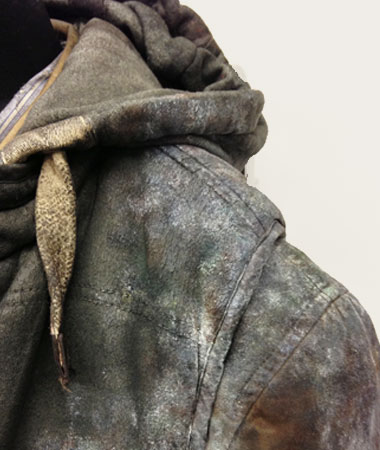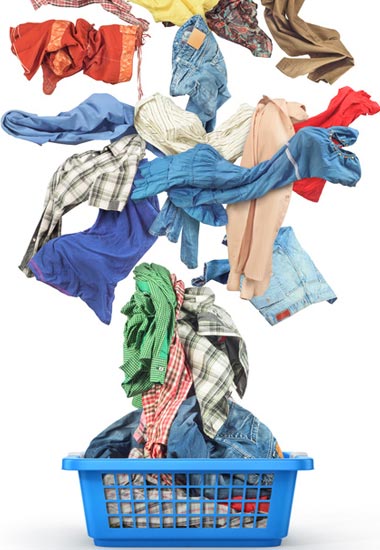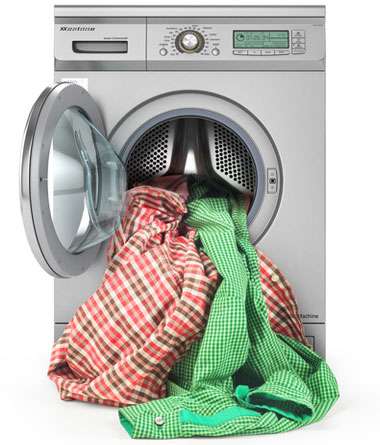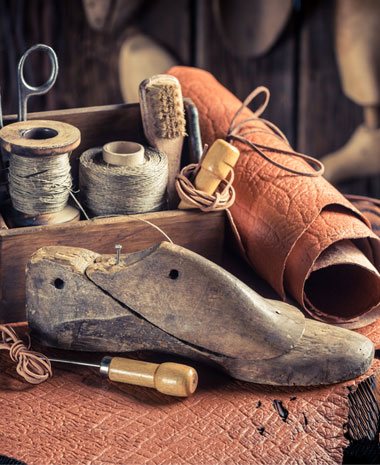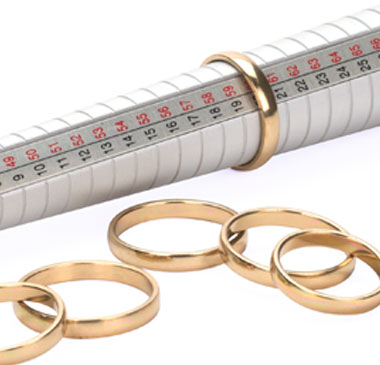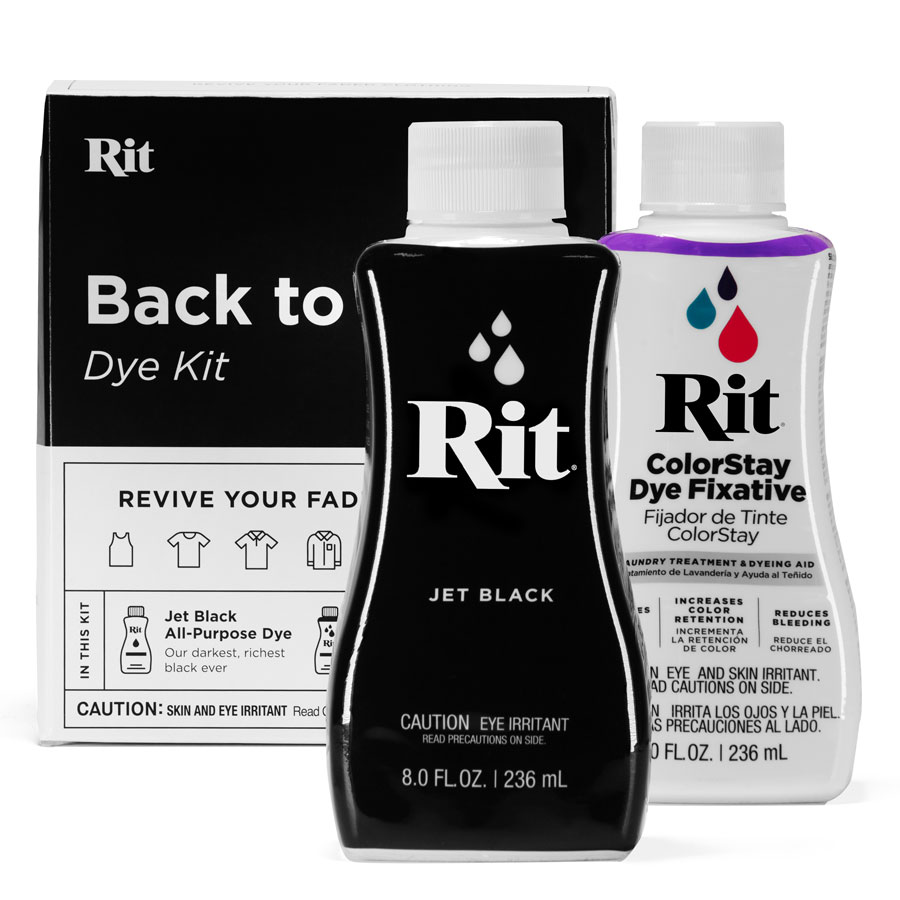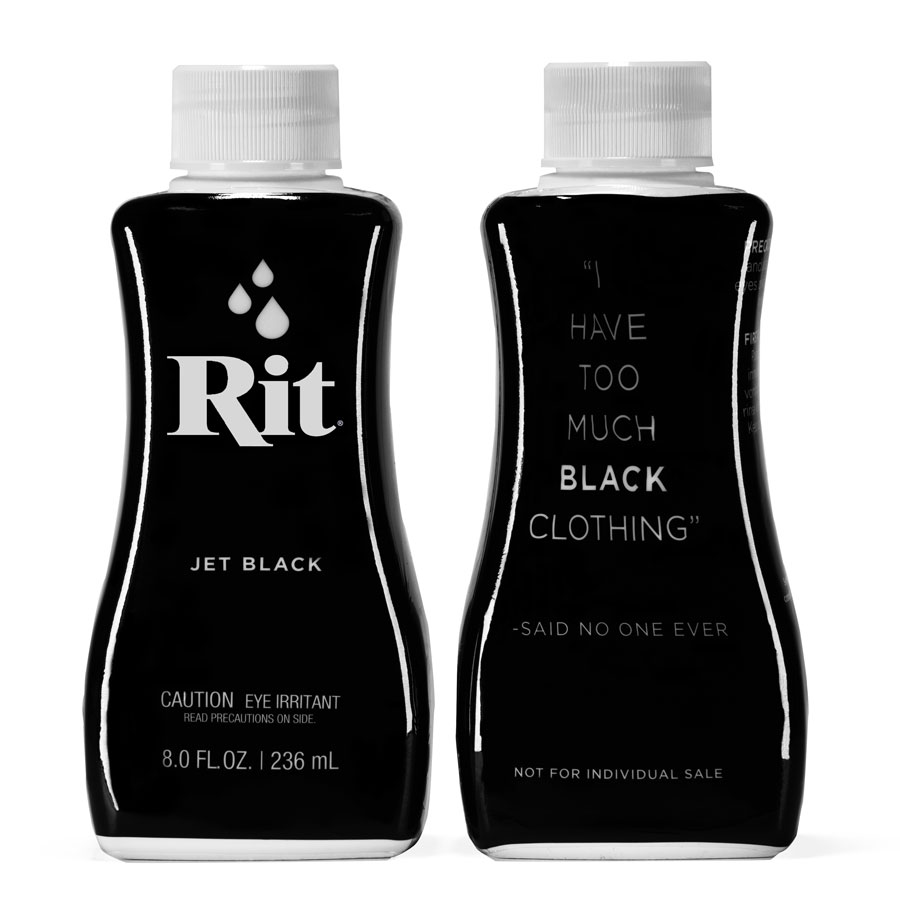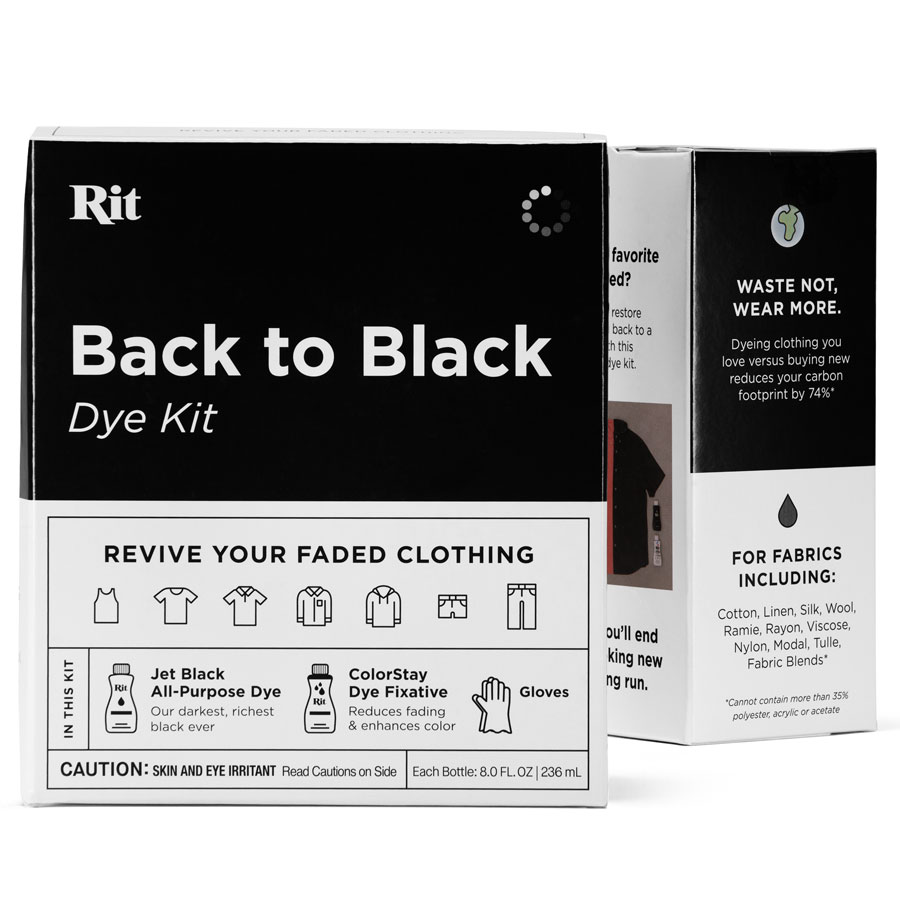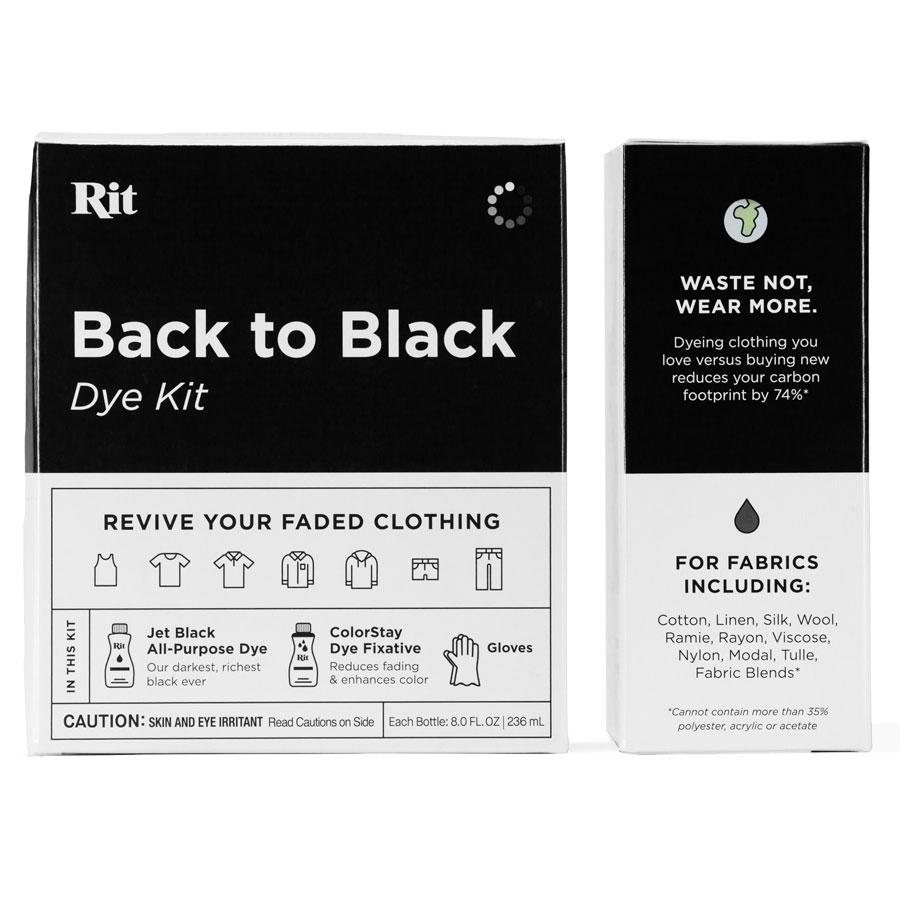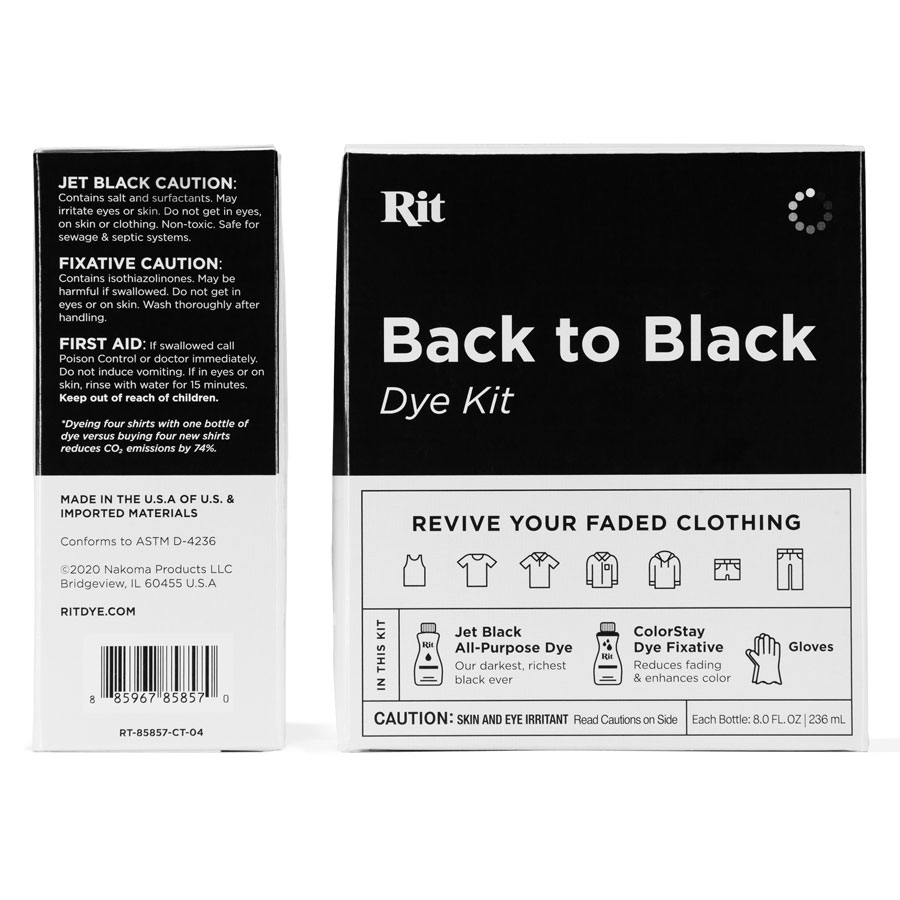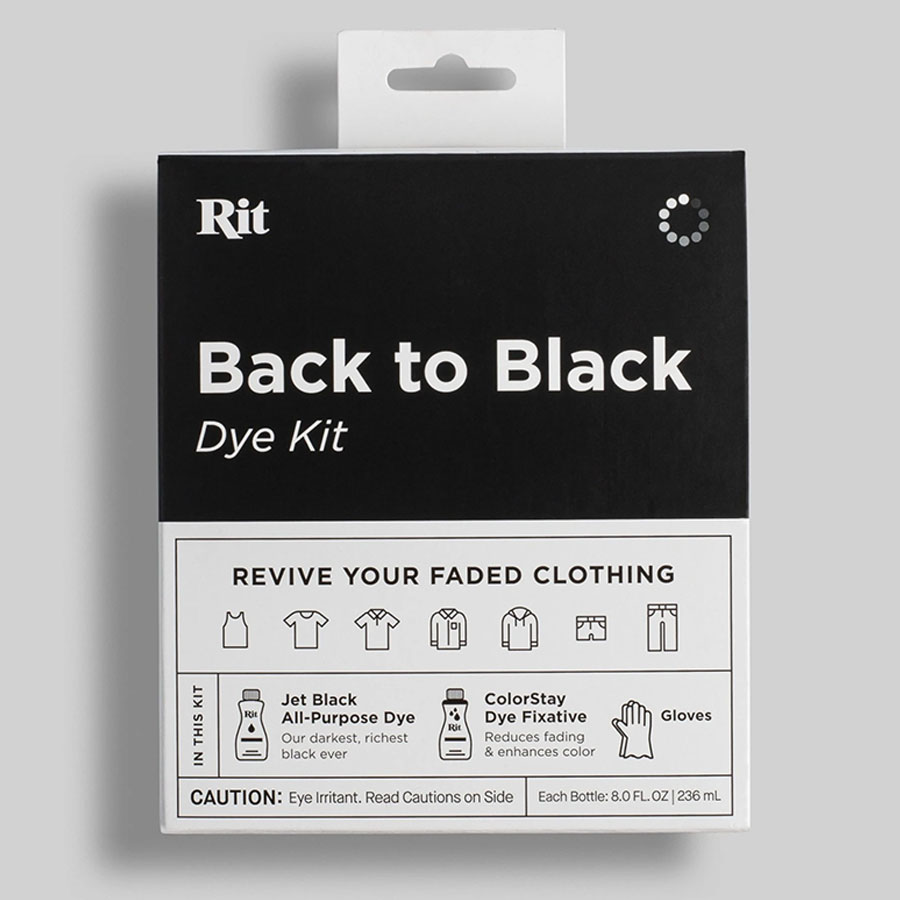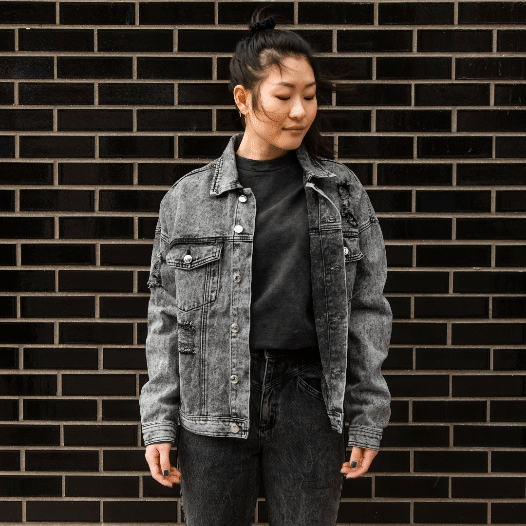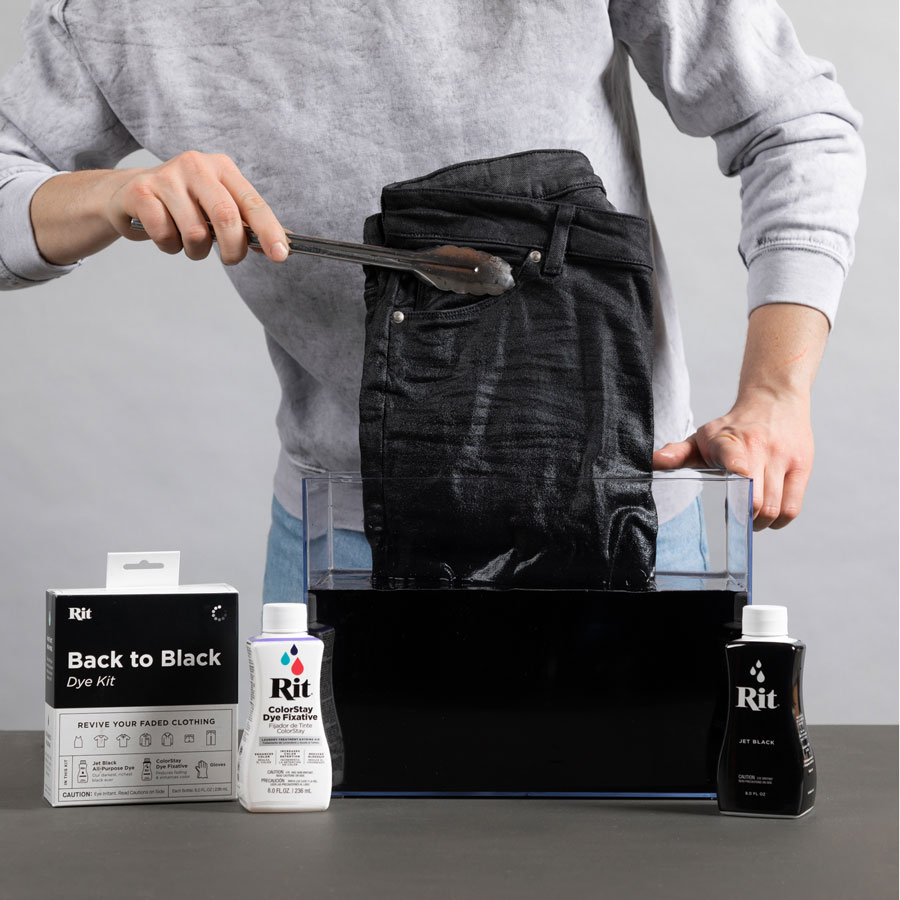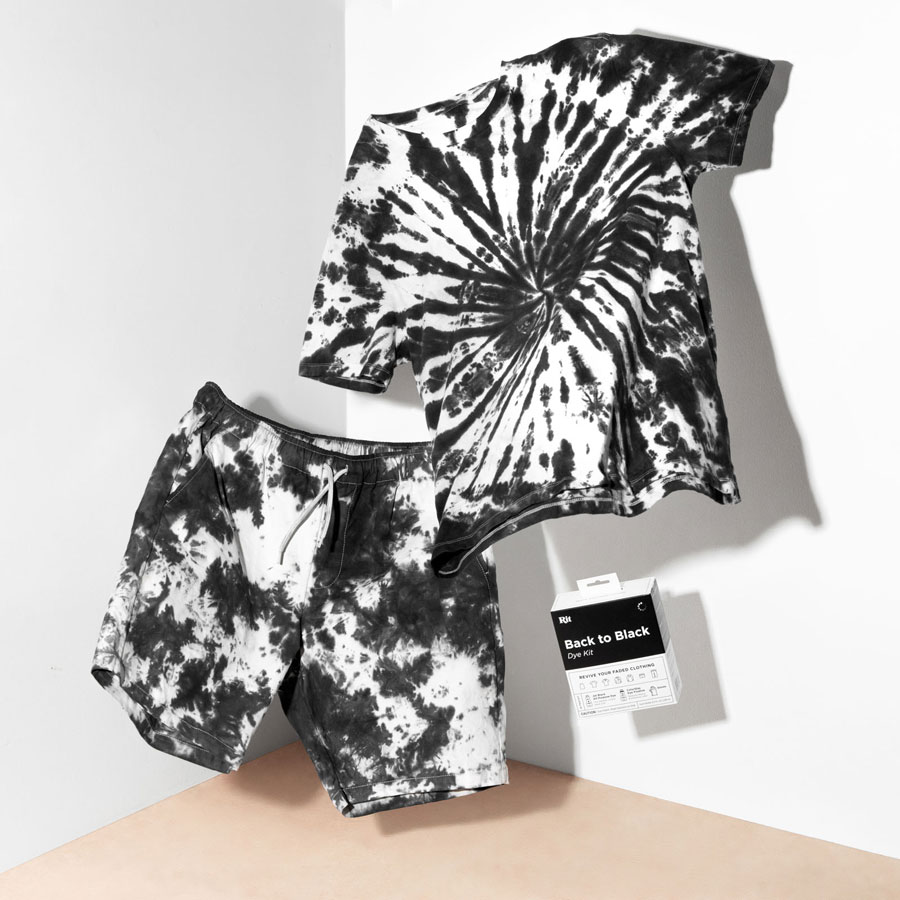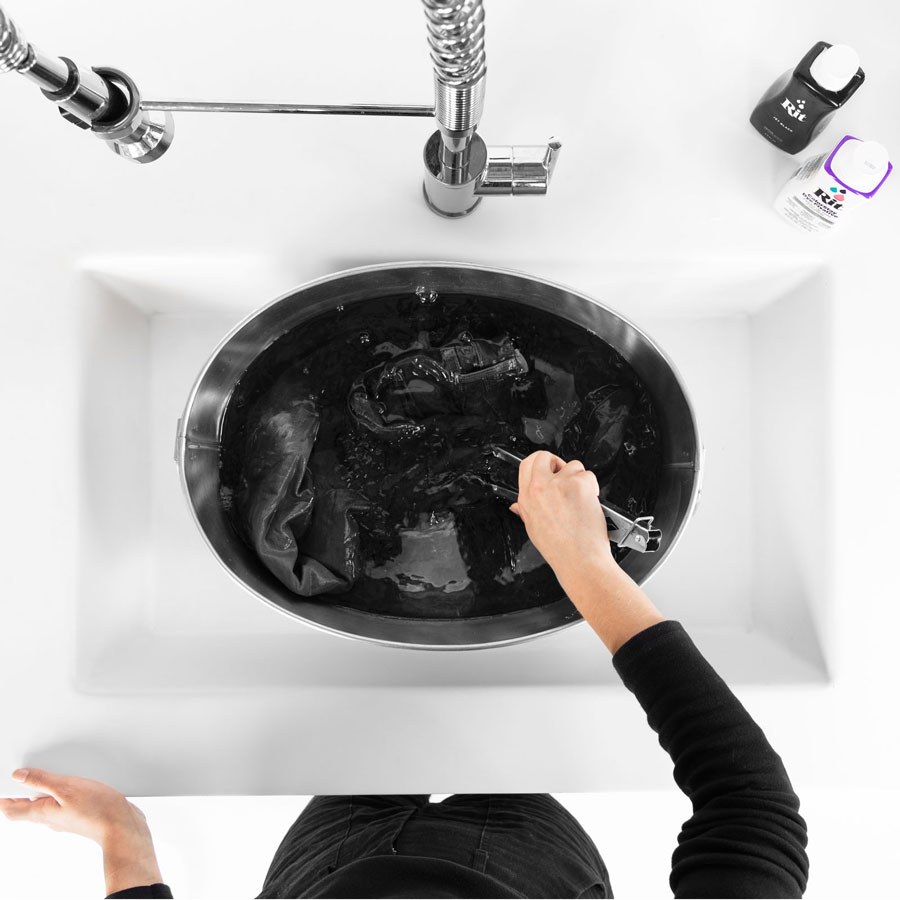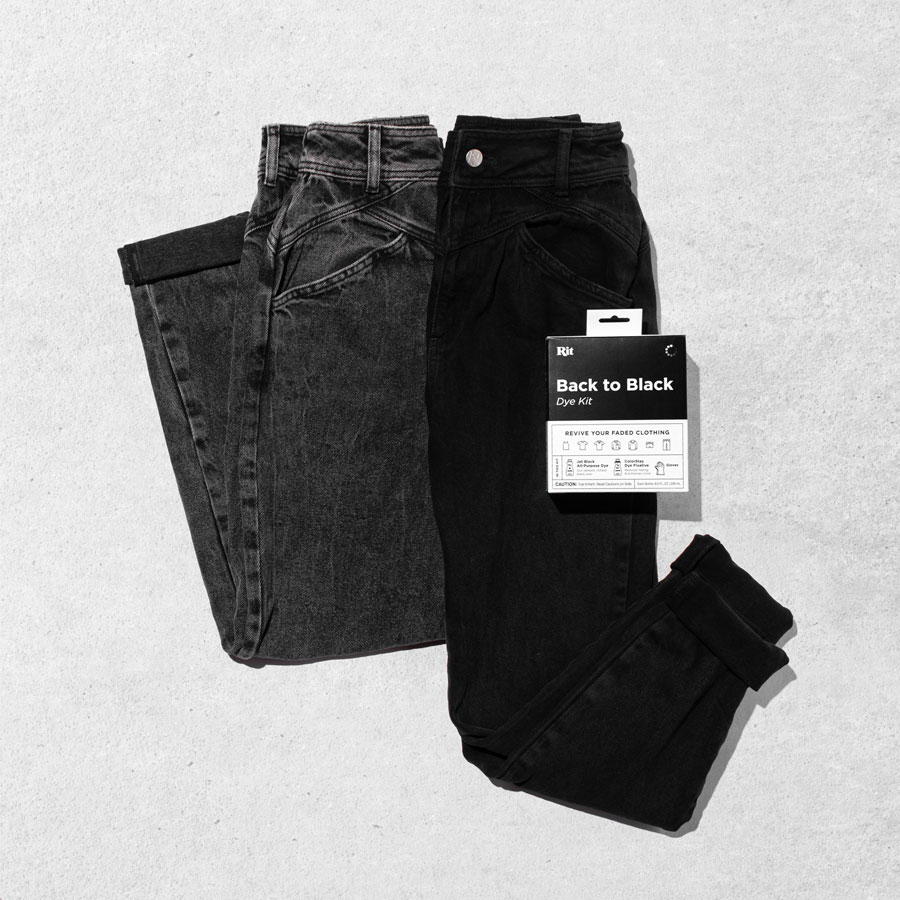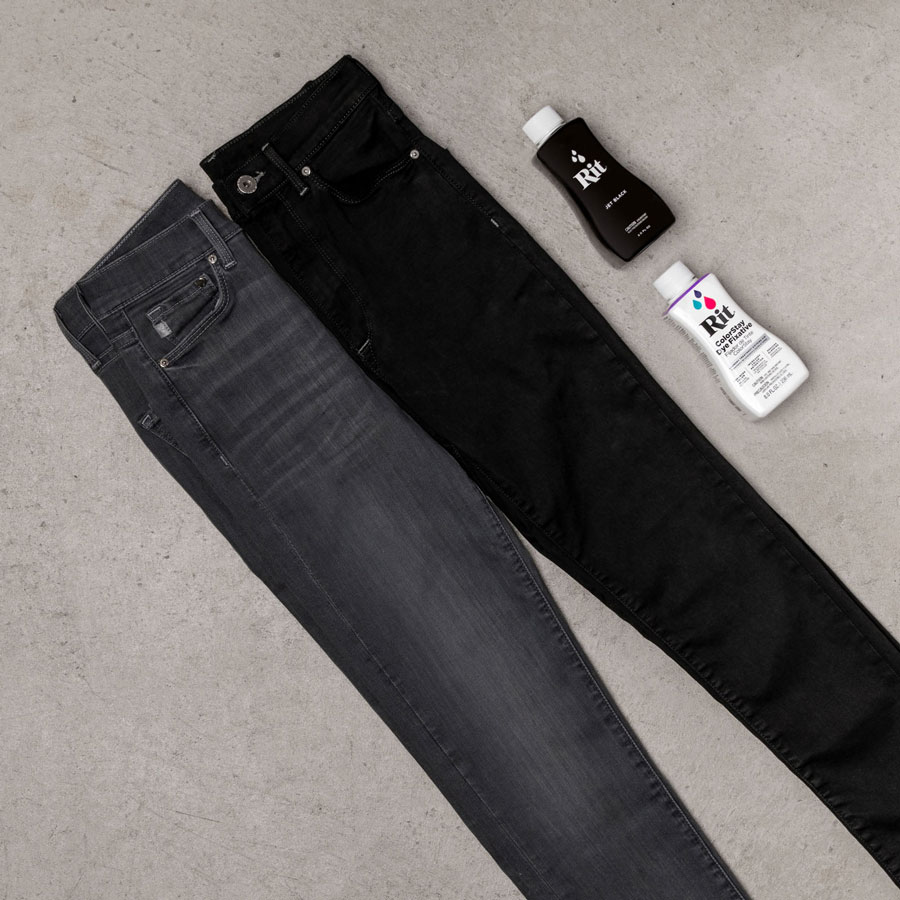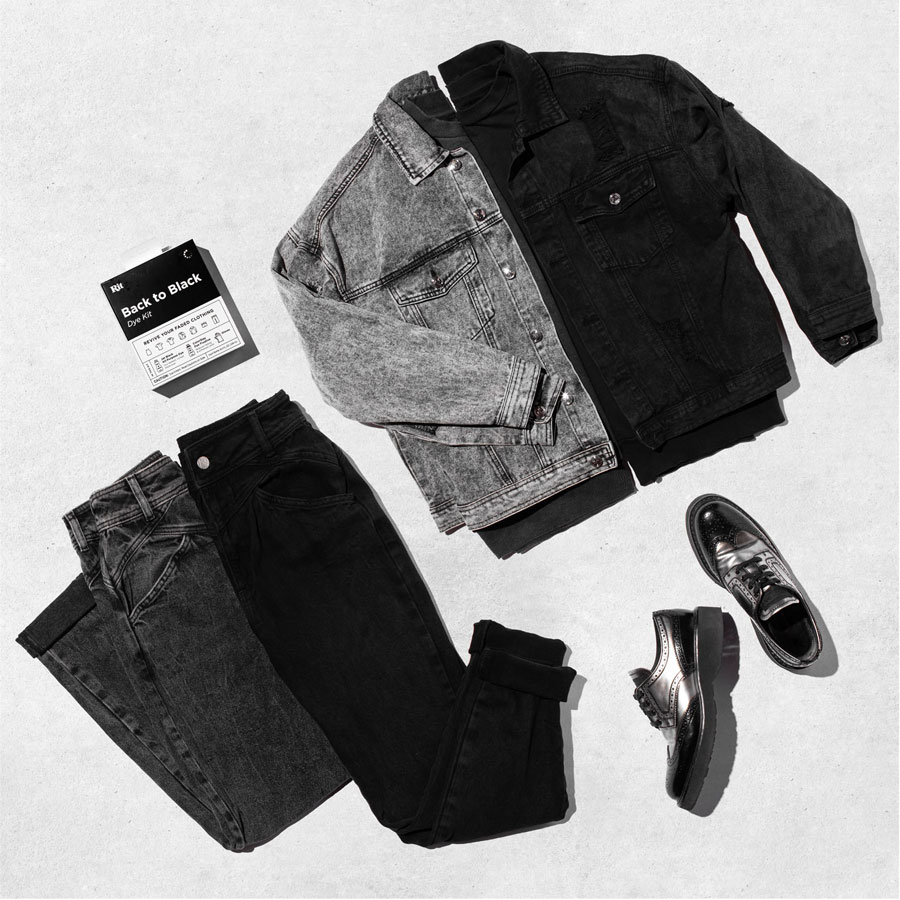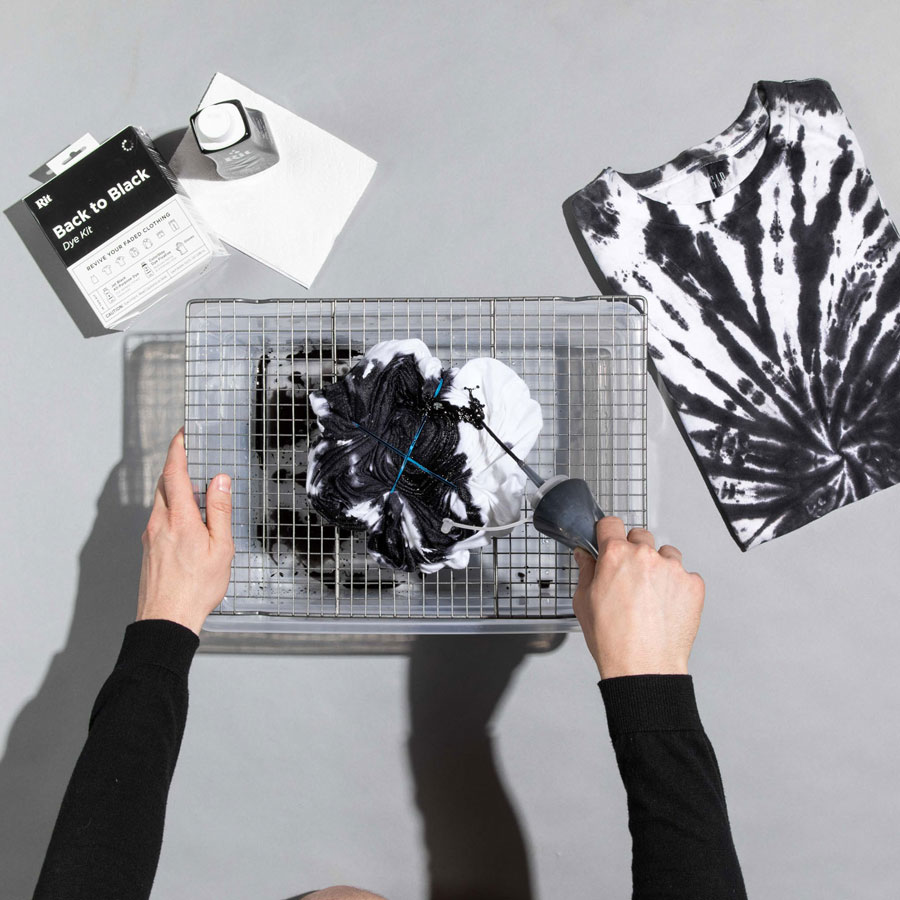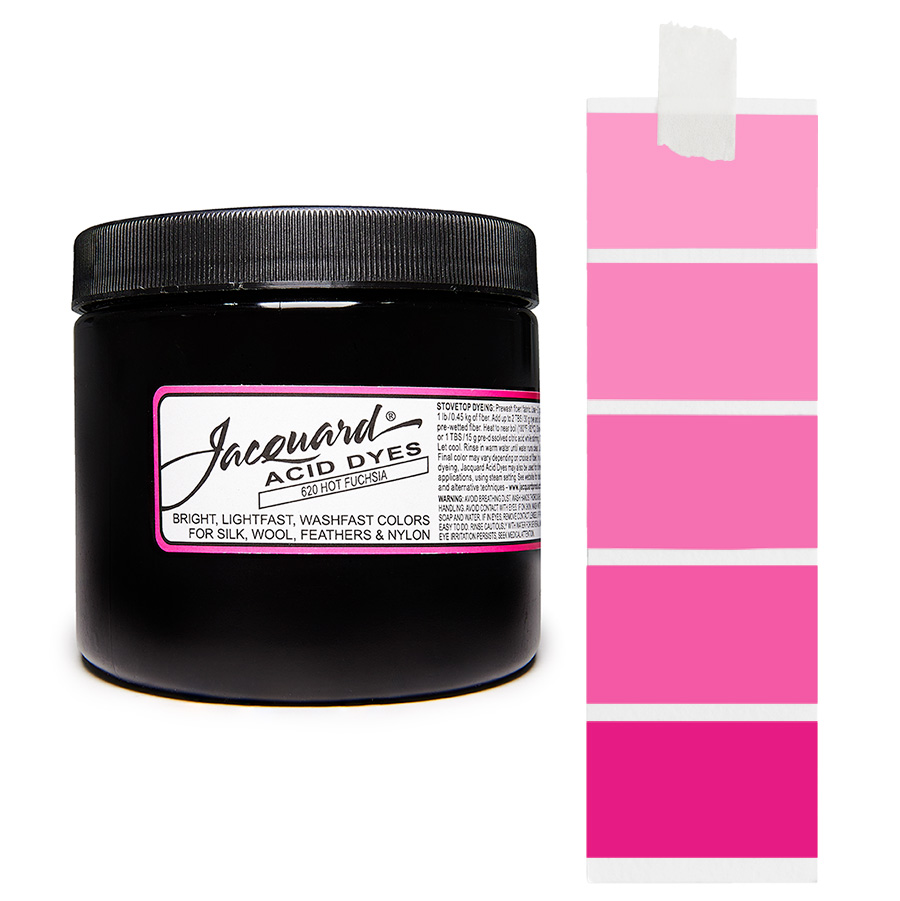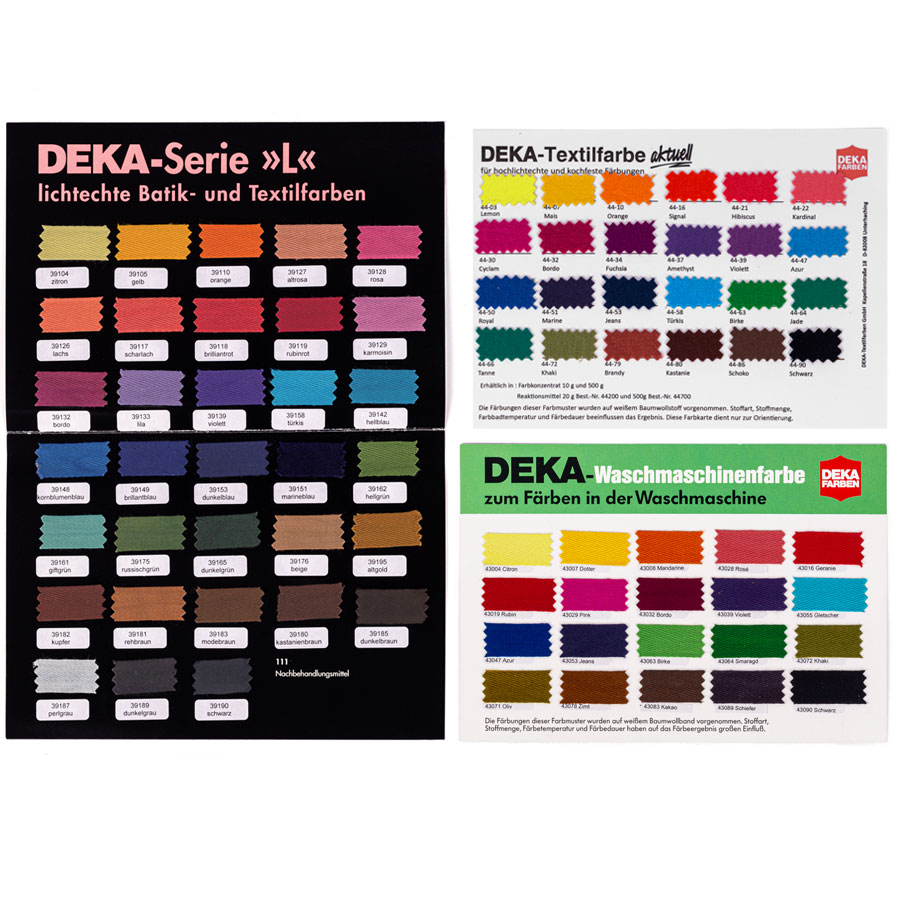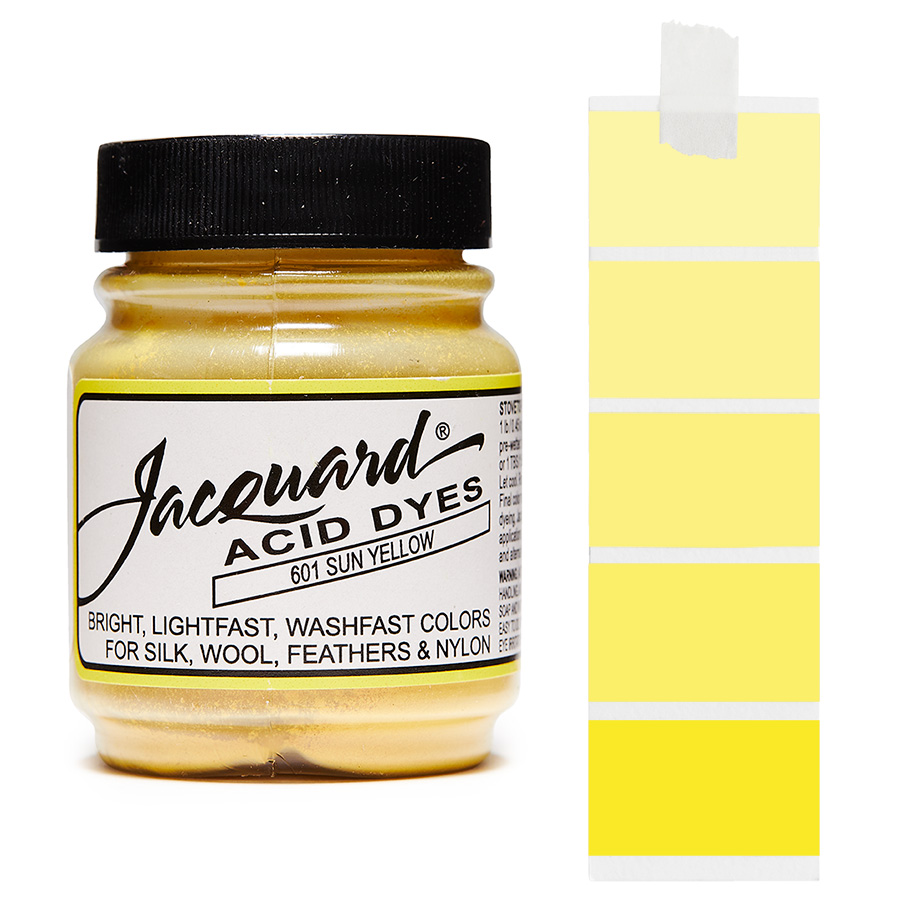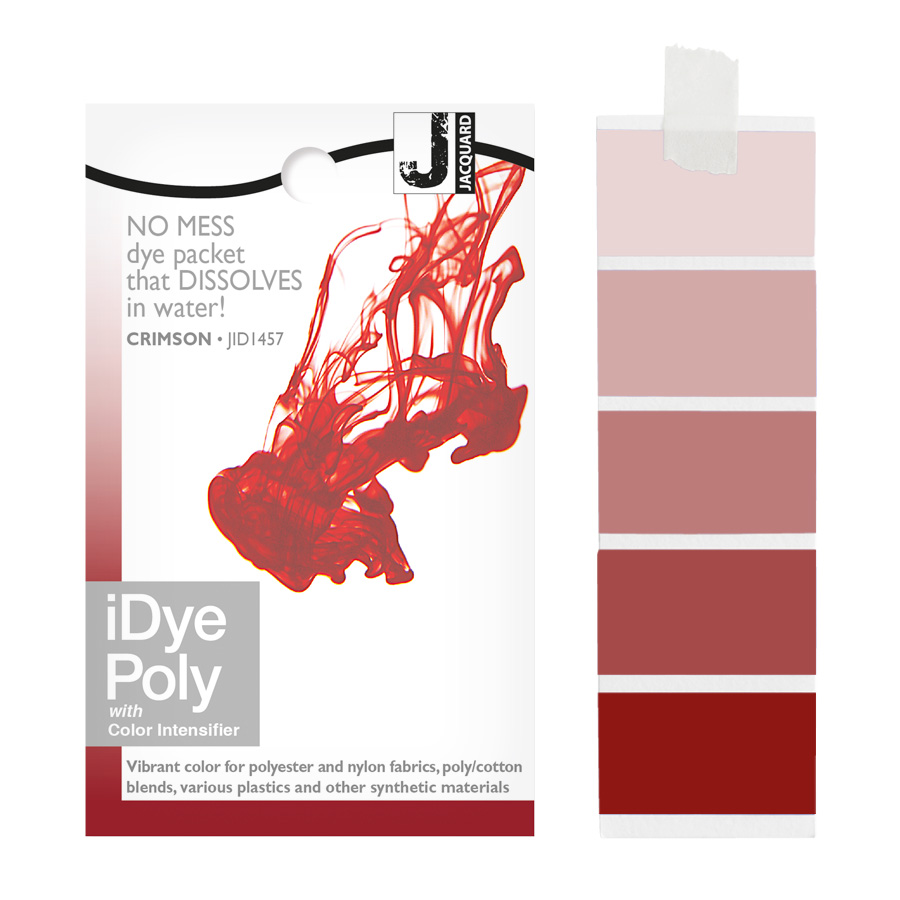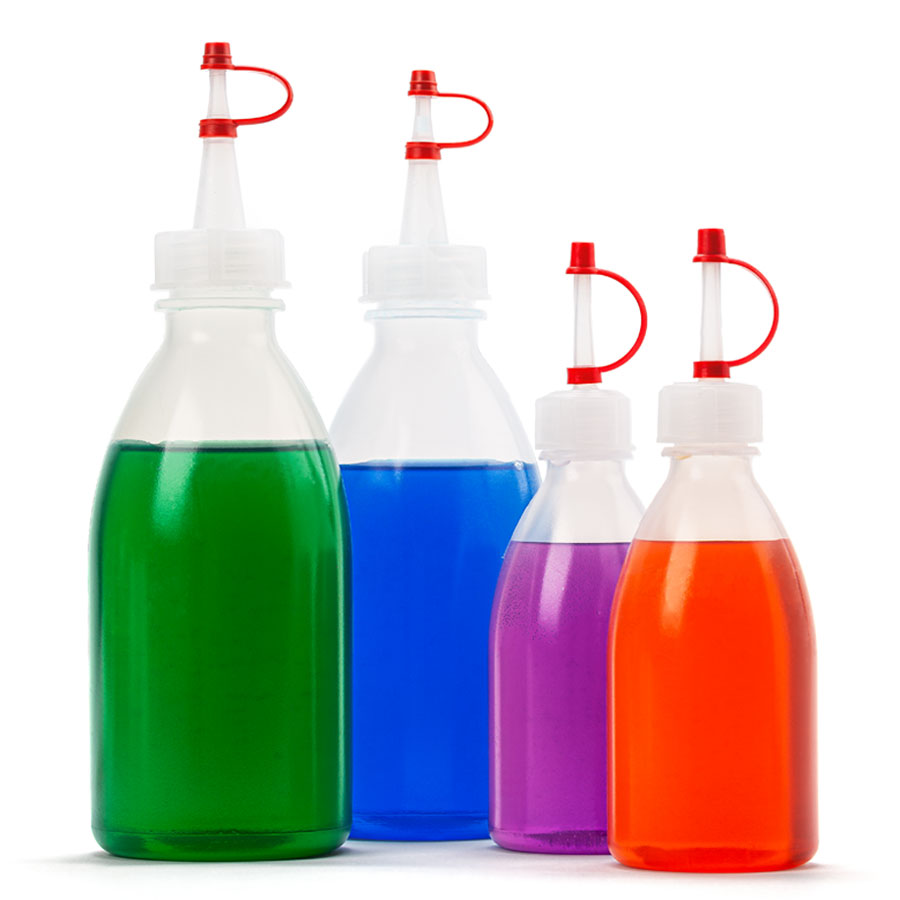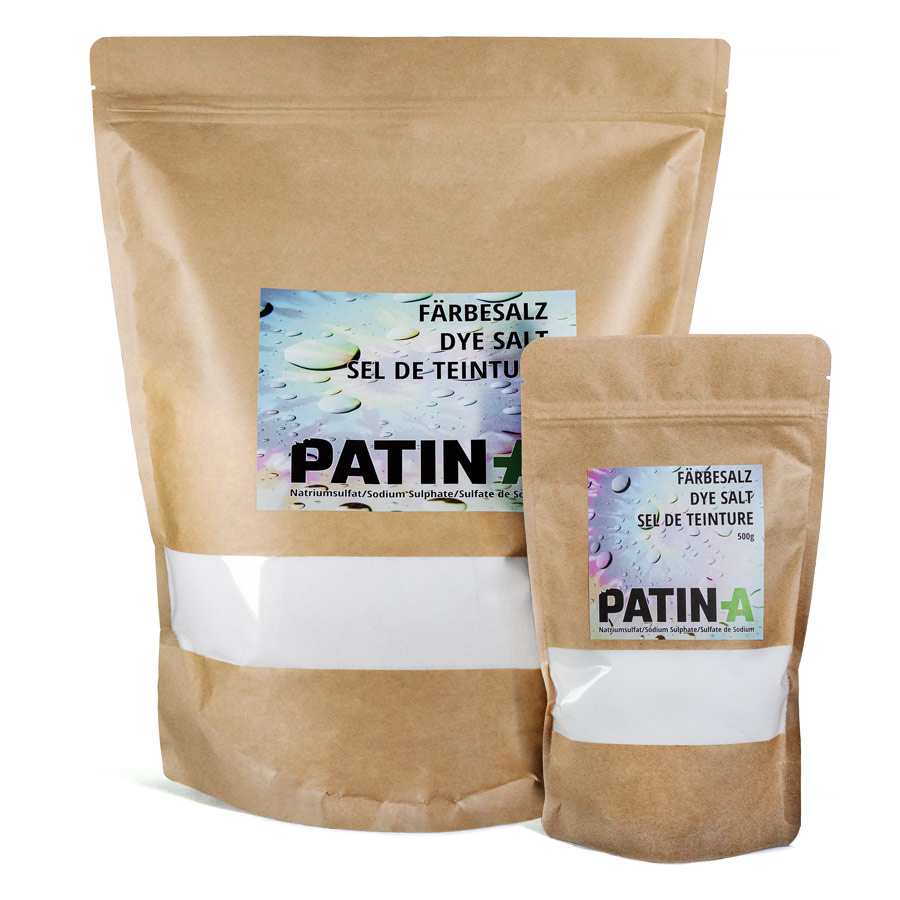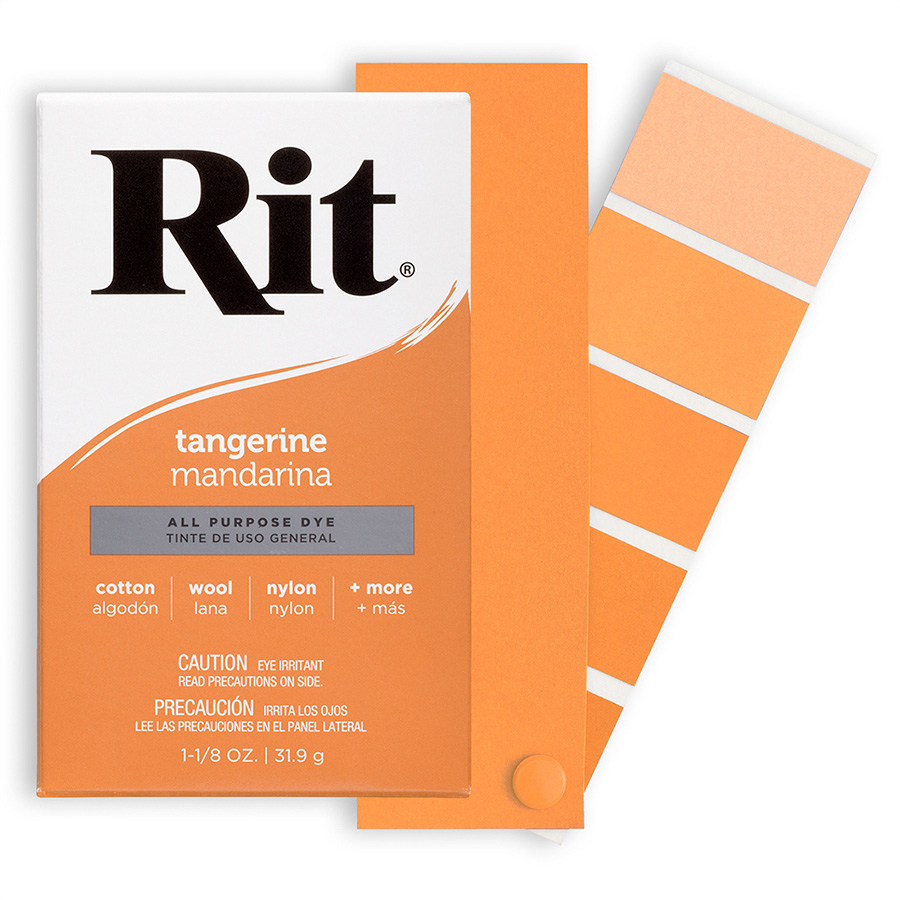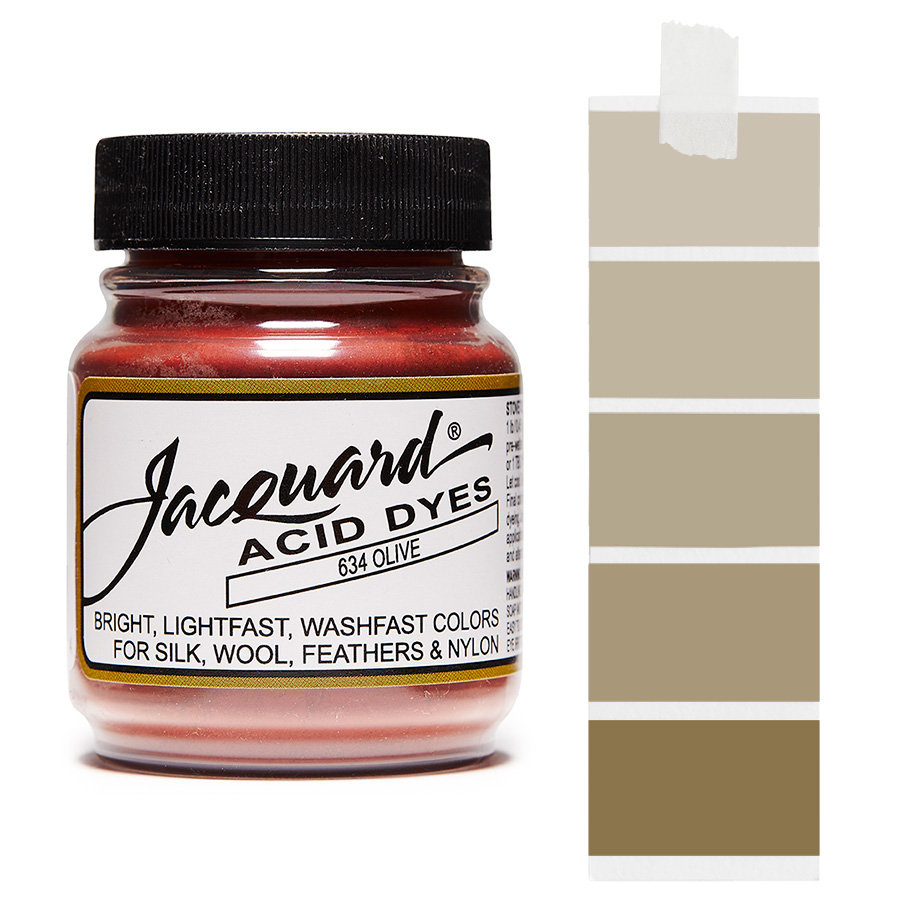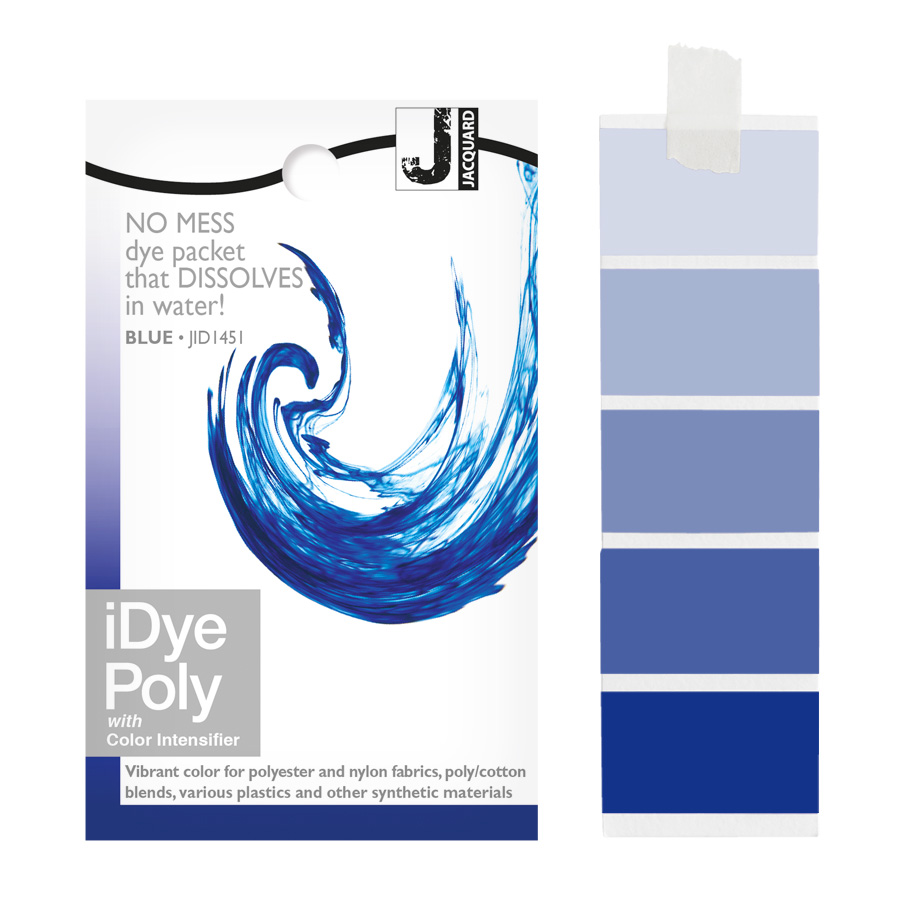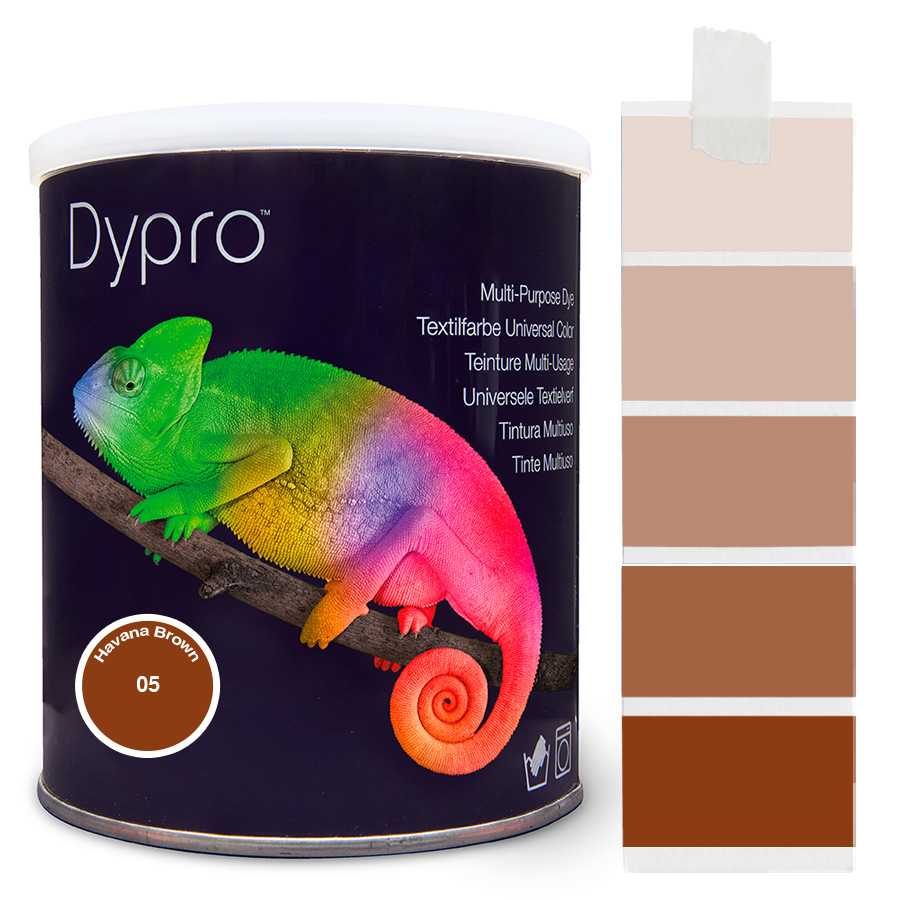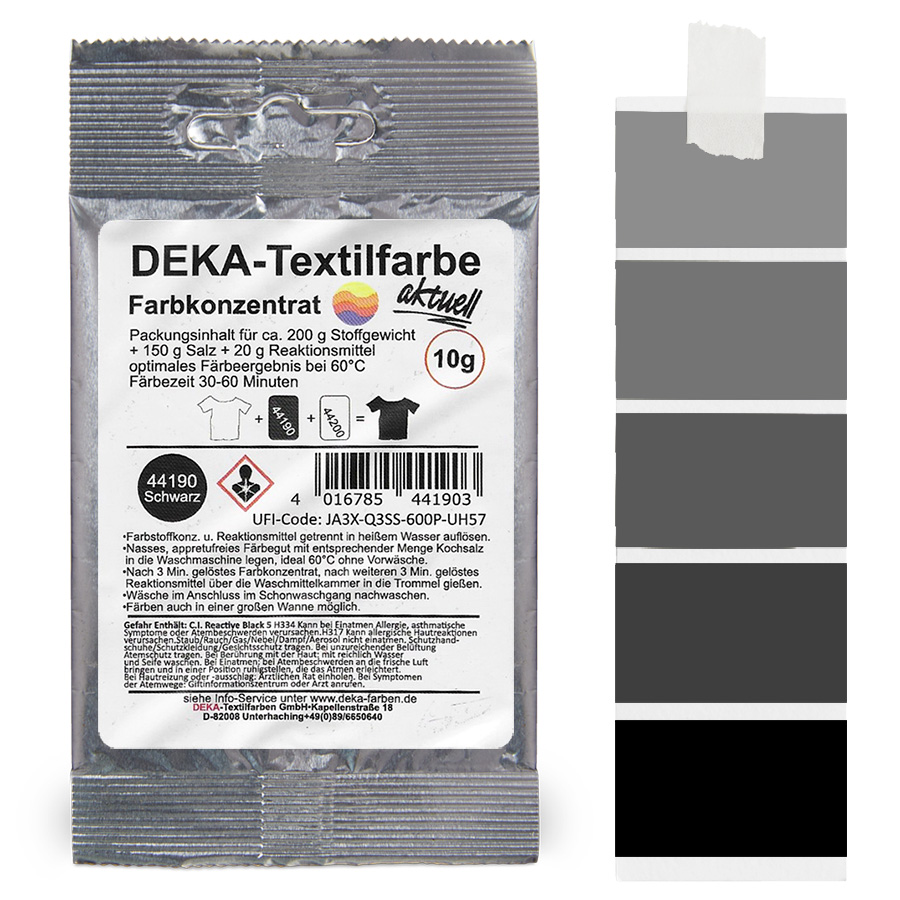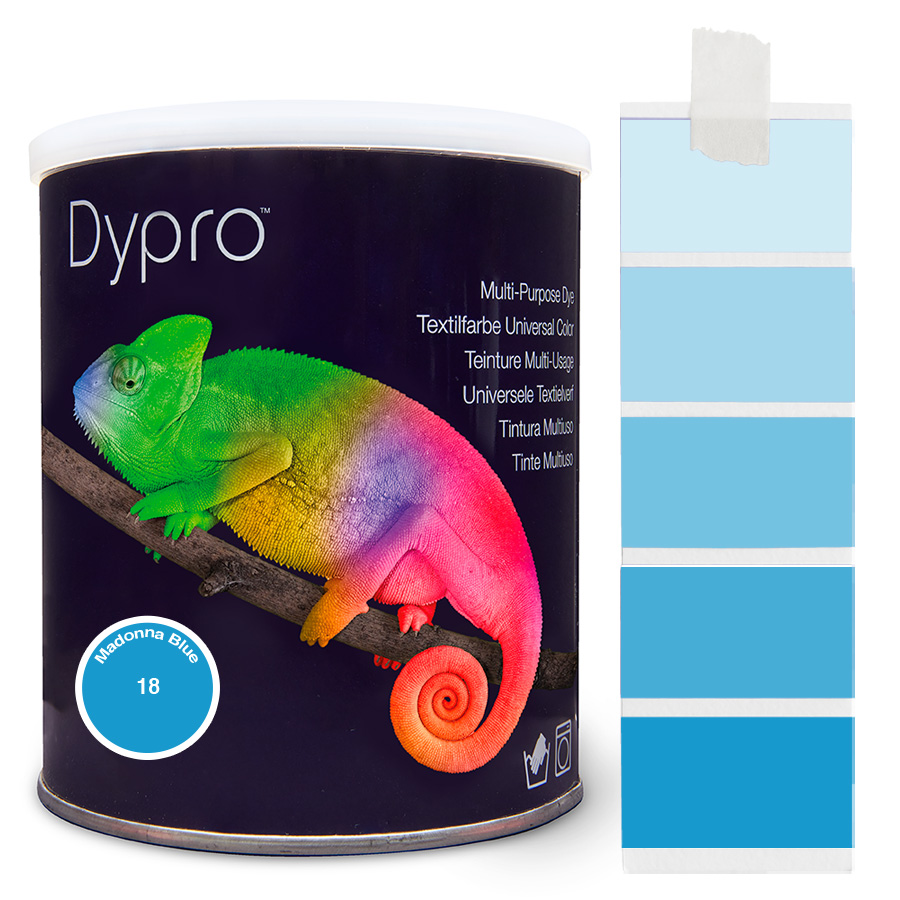Rit Back To Black dyeing set
With Rit: Back to Black dye a rich, intense black
What to do with your favourite faded black items of clothing?
With the Back to Black Dye Kit from Rit, you can turn your clothes back to a deep black in just a few steps.
This kit can also be used to over-dye garments of all colours back to a radiant black.
Easy dyeing and fixing
• Re-colour faded garments to a rich black in just a few steps• Over-dye garments of any color to a radiant black
• Perfect for many fabric types such as cotton, linen, silk, wool, viscose, ramie or nylon
• Contains Jet Black All-Purpose Dye, the darkest and deepest black
• Absolutely non-toxic and harmless to sewers and sewage treatment plants
• Also contains ColourStay Dye Fixative, our secret weapon against bleeding and fading, and a pair of gloves.
• Help reduce CO2 emissions by dyeing your clothes instead of buying them new. This reduces CO2 emissions by 74%
What do I need for dyeing?
The pack contains black dye, fixative and gloves.All you need is some table salt or PATIN-A Special Dye Salt and possibly a wooden spoon for stirring.
If you want to dye silk with it, use white vinegar instead of salt.
How much fabric can I dye with the Back to Black set?
To determine the amount of dye required, weigh the item to be dyed on a food scale or estimate the weight.As a rule of thumb, one Back to Black set will dye approx. 1000 grams of dry fabric (that is approx. 6 metres of light fabric, 1-2 pairs of jeans or 4 large T-shirts for adults).
What should I look out for when dyeing?
Natural fibers can be dyed with Rit All-Purpose Dye at 60 degrees in a cooking pot or in the washing machine. If you want to dye polyamide (nylon) or viscose, you must increase the temperature to 90 degrees.Always read the dyeing instructions before dyeing! This will help you to avoid major mistakes and poor dyeing results.
High temperatures are required for dyeing textile fibers.
Follow the manufacturer's instructions on the washing label in the garment! Cotton and linen can be boil-washed without any problems, as can polyester or polyamide (nylon).
Don't worry - dyeing in the boiling pot is very easy.High spin speeds and tumble drying are more problematic. This causes the garments to shrink. Not by hot washing!
Dyeing in the washing machine?
Dyeing in the washing machine is the most convenient way of dyeing. Just sit back, relax and let the machine do the work.If you've never dyed in a washing machine before, we understand why you're nervous!
Who wants a black washing machine?
We might ;-). But we can promise you that Rit will not permanently discolour the metal parts of your washing machine.
Rit has been used in washing machines for decades, since the invention of the electric washing machine in the 1950s.
In the early 1960s, Rit coined the phrase "Push Button Colour!" to promote the connection between Rit and washing machines.
Very important: After dyeing, be sure to clean all plastic parts of the washing machine. The detergent drawer can also be easily removed and cleaned with household detergent.
Dyeing salt or vinegar?
• Salt is required for dyeing cotton, linen, ramie or rayon• Vinegar for dyeing nylon, silk or wool
Fixing after dyeing?
After dyeing and before washing, all natural fibers and blends should be fixed. Use the bottle of Rit ColorStay Dye Fixative from the set for this purpose.Polyamide and nylon do not need to be fixed.
Dyeing instructions
• Dyeing instructions for dyeing in a pot: Pot dyeing instructions
• Dyeing instructions for washing machine dyeing: Washing machine dyeing instructions
Recommendation:
• 1 teaspoon of Synthrapol or washing-up liquid (reduces surface tension) for pot dyeing• Please protect yourself with the gloves provided
Content:
1 x 236 ml / 8 oz. liquid Jet-Blue All-Purpose-Dye textile colour1 x 236 ml / 8 oz. Rit ColourStay Dye Fixative
1 pair of gloves
Sales unit: 1 piece
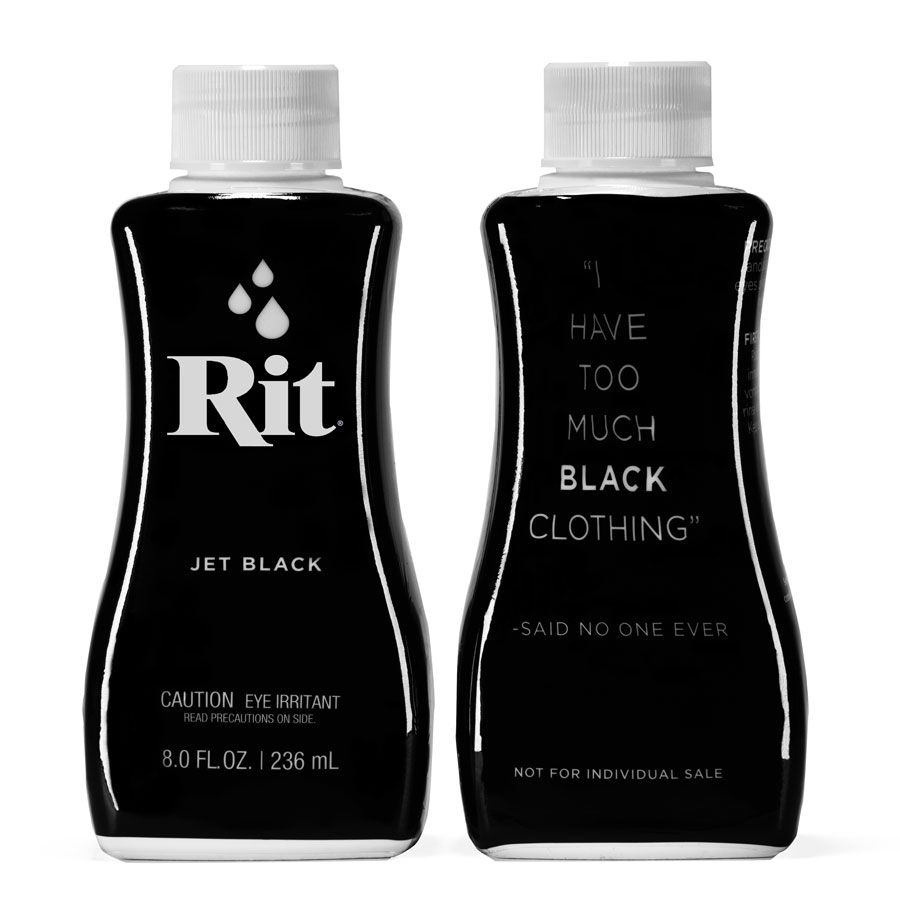
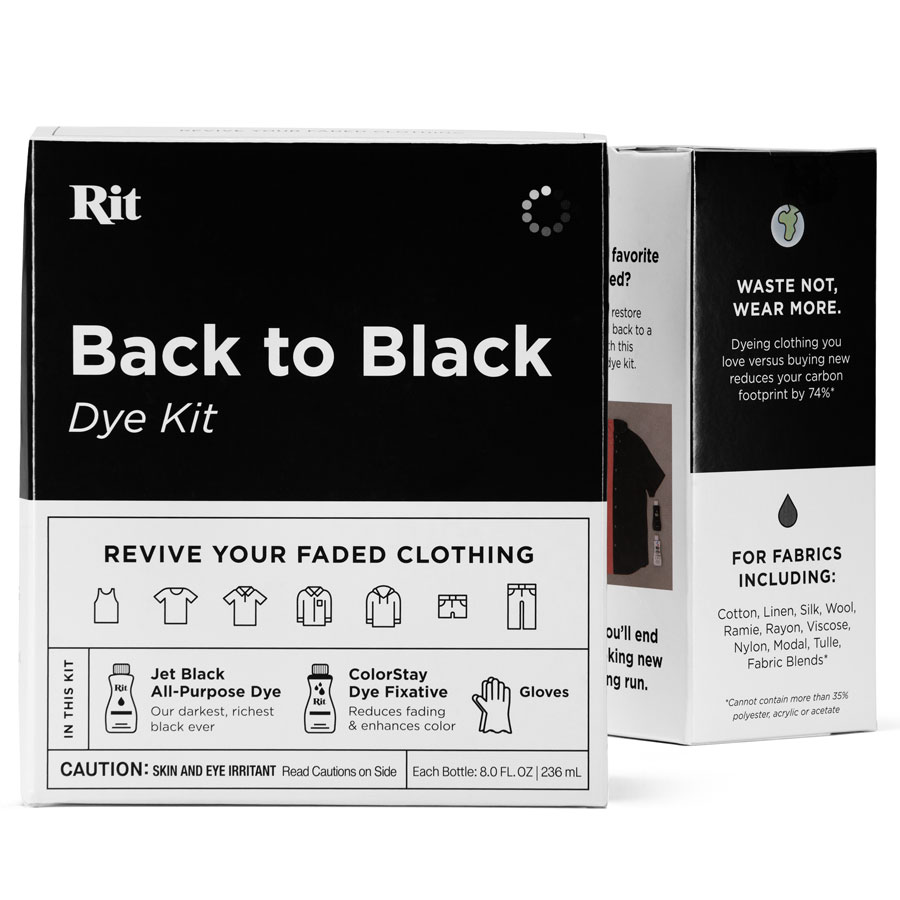
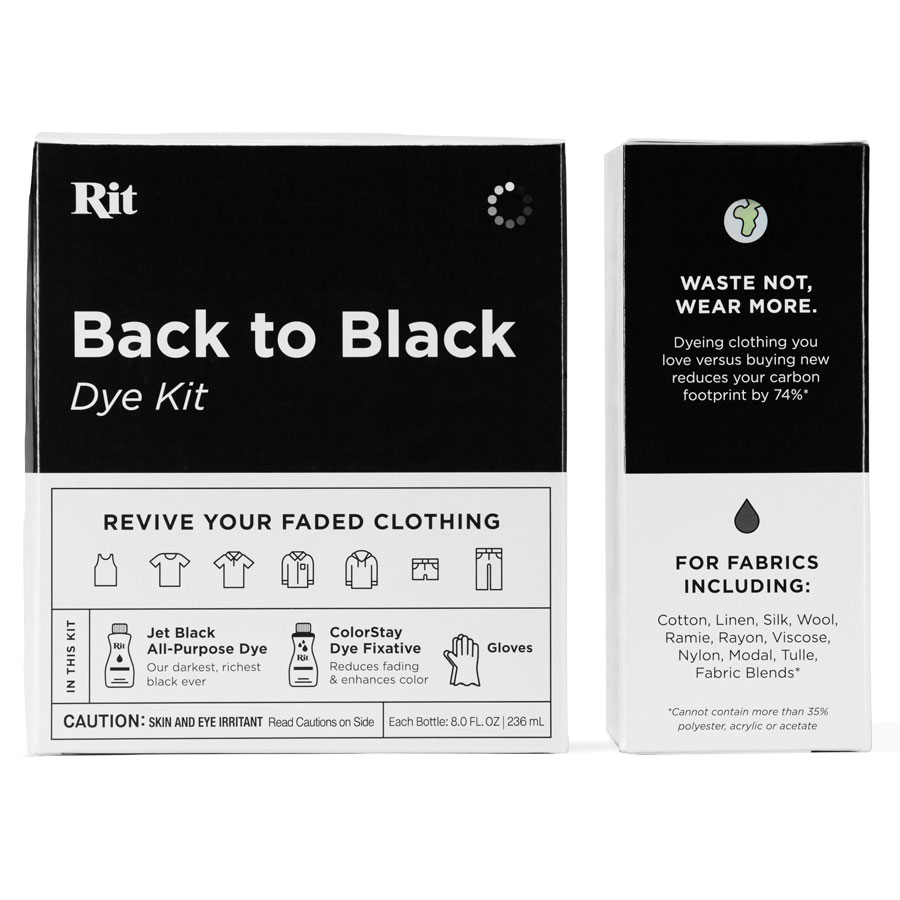
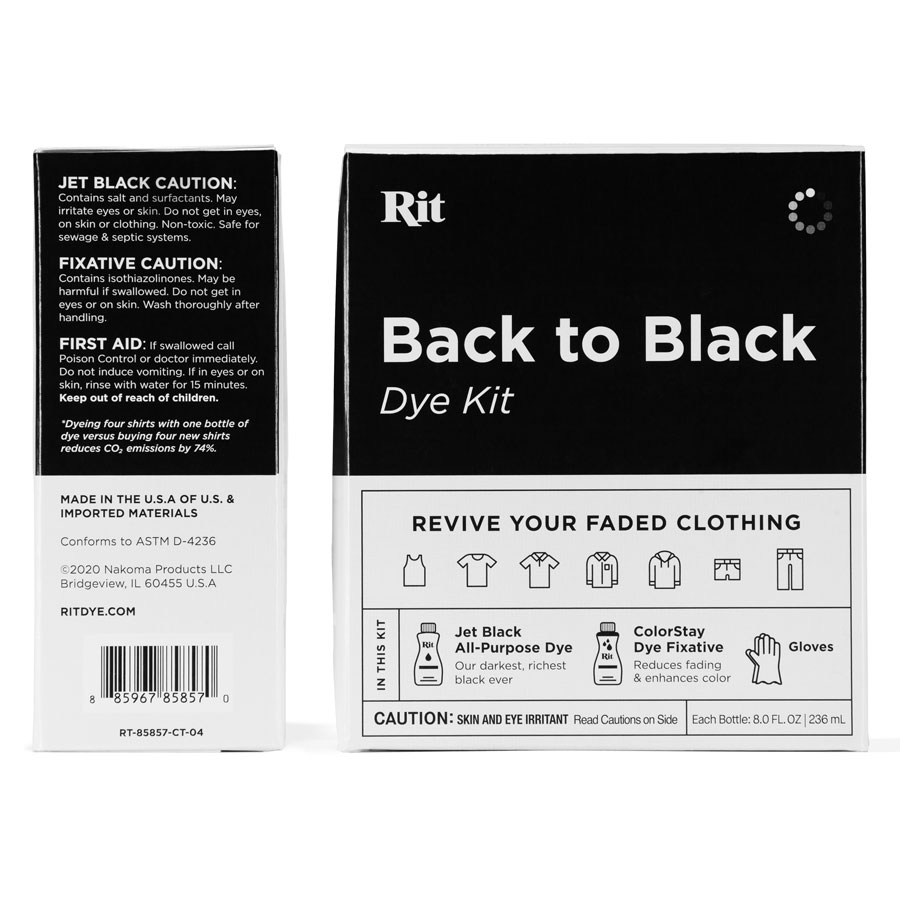
Rit All-Purpose Dye - Instructions
– This versatile dye is ideal for almost any task on your to-do list. Each little packet is colourful and ready to add a personalised touch to new and old garments, household items and much more.
– No matter what you want to dye, whether a pair of jeans or a curtain, the first step is to choose the right dye for your fabric or material. Always check the care label for the fibre content of the fabric you want to dye.
– This dye is suitable for natural fabrics such as cotton, linen, wool, silk and ramie. It also dyes viscose and nylon. If the garment you want to dye contains more than 35 % synthetic material (such as polyester, acrylic or acetate), you must instead use Rit DyeMore Synthetic Fiber Dye.
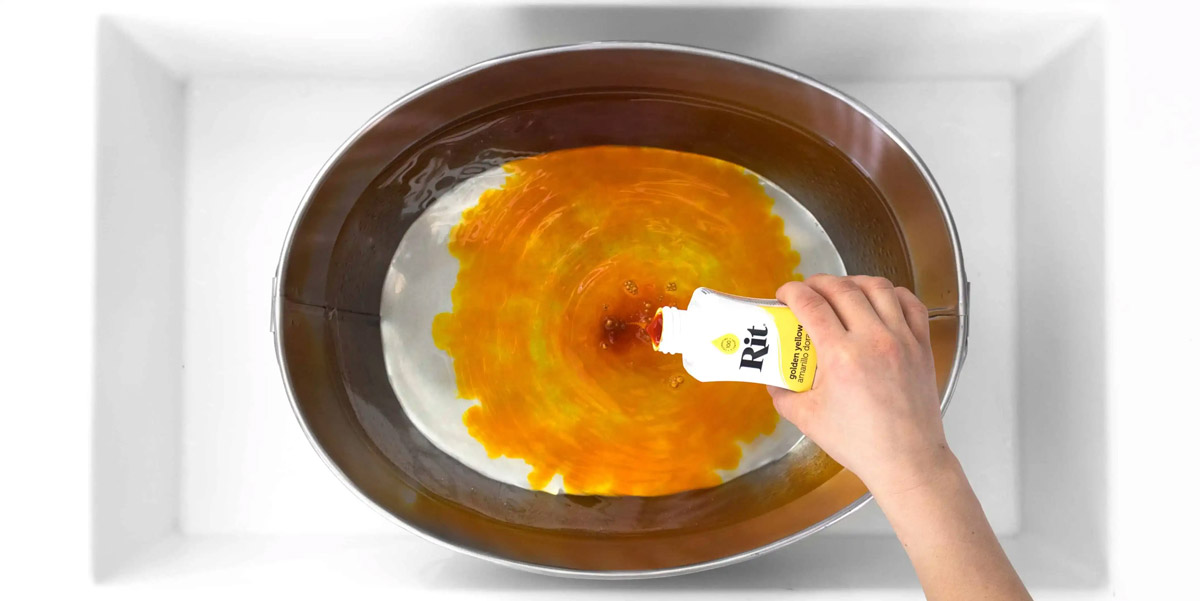
Important tips
Colour
If the garment to be dyed is white or off-white, you should be able to reach the desired colour. If the garment is already dyed, please read our instructions for changing the colour of a garment.
Patches and logos
If the garment to be dyed has a pattern or a logo, the dye used will mix with the existing colours in the fabric and create new colours. If you want to know more about this, please read our instructions for over-dyeing of patterns and logos.
Bleach stains and sun damage
The sun and bleach damage the fabric, making dyeing very difficult. If you still want to dye a garment with bleach or sun damage you can try treating the garment with Rit Color Remover before dyeing. Unfortunately, we cannot guarantee that this will work.
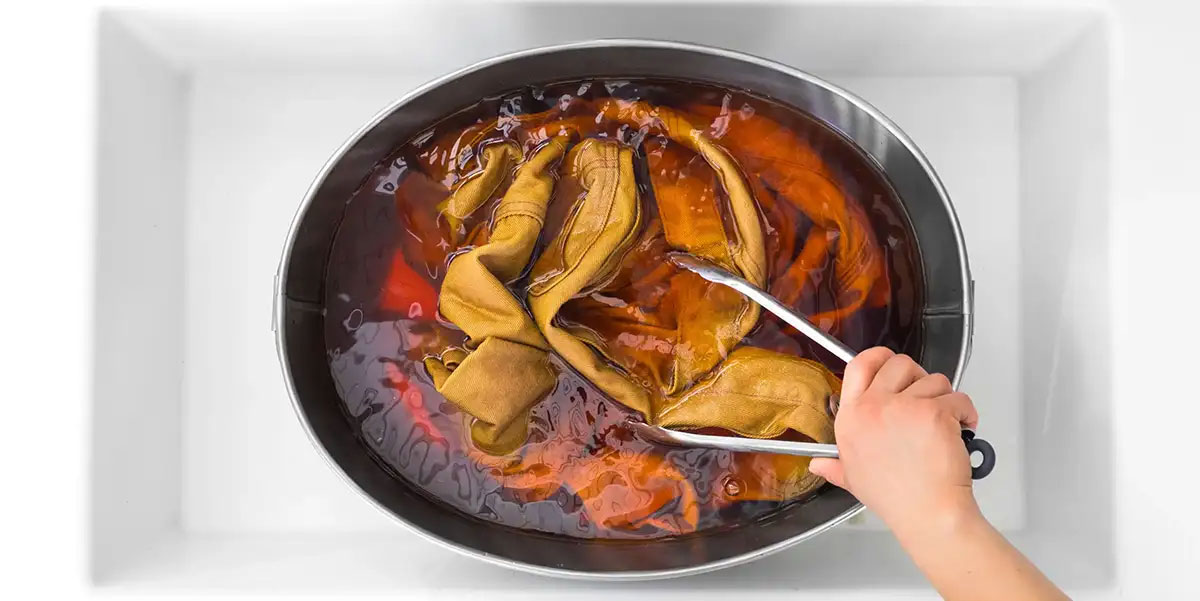
Choose your dye method:
• For general dyeing projects, use the wash basin or bucket method.
• If you want to achieve the most vibrant colours possible (or dye nylon), use the stove or cooking pot method.
• If you want to dye big objects or are looking for the easiest dye method, use the washing machine method.
1. Sink or bucket dye:
Materials needed :
• Rit All Purpose Dye
• Rit ColorStay Dye Fixative (recommended)
• Measuring jug
• Big spoon
• Plastic container or stainless steel sink
• Paper towels
• Rubber gloves
• Dye salt or kitchen salt (for dyeing cotton, viscose, ramie or linen)
• Vinegar (for dyeing nylon, silk or wool)
• Washing up liquid or Synthrapol
Instructions
1. To determine how much dye is needed, weigh the item to be dyed on a food scale or estimate the weight. As a general guide, one bottle of Rit All-Purpose Dye will dye approximately 1 kilogram of dry fabric. If you want to achieve a very strong colour, double the amount of dye.
2. Fibre content and weight influence the appearance of the dye. If you are not sure whether your fabric will take the dye or get the desired shade we recommend testing a sample first.
3. Before dyeing, remove all visible stains from the garment. This way, you will achieve consistent colour results when dyeing. Pre-wash the garment in warm soapy water without softener. This will remove any finishes that may interfere with dye absorption.
4. Cover the work area with a plastic tablecloth and have paper towels ready to prevent any stains.
5. Wear rubber gloves to protect your hands from stains and burns.
6. Fill a plastic container or a stainless steel sink with enough water to allow the fabric to move freely. We recommend approx. 10 l of water per 1/2 kilogram of fabric.
The water should ideally have a temperature of 60 °C. If water from the tap is not hot enough, heat it on the stove and add it to the dye bath.
7. To intensify the colour:
(1) 250 g of salt when dyeing fabrics with cotton, rayon, ramie or linen;
(2) 250 ml of vinegar when dyeing fabrics with nylon, silk or wool.
8. Add 1 teaspoon Synthrapol or washing up liquid to help ensure even dyeing.
9. Add well shaken liquid dye to the dye bath and mix well.
10. Test the colour by dipping a paper towel into the dye bath. If the colour is too light, add more dye. If the colour is too dark, add more water.
11. Wet the fabric, squeeze out excess water and add to the dye bath.
12. Stir slowly and continuously. The first 10 minutes are the most critical. Stirring helps to make the colour even and to avoid stains.
13. The piece can stay for 10 minutes to an hour in the dye bath while stirring. If you are dyeing a polyester-cotton blend, leave the fabric for at least 30 minutes in the dye bath so that the dye is fully absorbed. Nylon tends to dye very quickly and much darker than other fibres, so that the actual time needed in the dye bath is less.
14. When the desired colour is reached, take the piece out of the dye bath. The fabric looks darker when wet and becomes lighter when dry.
15. To intensify the colour and reduce colour bleeding, immediately after dyeing and before washing use Rit ColorStay Dye Fixative and follow the instructions.
16. Rinse in cold water until the rinse water is clear.
17. Wash in warm water with a mild detergent (e.g. Synthrapol), rinse and dry.
2. Stove or cooking pot dye:
Materials needed :
• Rit All Purpose Dye
• Rit ColorStay Dye Fixative (recommended)
• Measuring jug
• Kitchen tongs
• Stainless steel pot
• Paper towels
• Rubber gloves
• Dye salt or kitchen salt (for dyeing cotton, viscose, ramie or linen)
• Vinegar (for dyeing nylon, silk or wool)
• Washing up liquid or Synthrapol
Instructions
Rit All-Purpose Dye will dye approximately 1 kilogram of dry fabric. If you want to achieve a very strong colour, double the amount of dye.
2. Fibre content and weight influence the appearance of the dye. If you are not sure whether your fabric will take the dye or get the desired shade we recommend testing a sample first.
3. Before dyeing, remove all visible stains from the garment. This way, you will achieve consistent colour results when dyeing. Pre-wash the garment in warm soapy water without softener. This will remove any finishes that may interfere with dye absorption.
4. Cover the work area with a plastic tablecloth and have paper towels ready to prevent any stains.
5. Wear rubber gloves to protect your hands from stains and burns.
6. Fill a stainless steel pot with enough water to allow the fabric to move freely. We recommend approx. 10 l of water per 1/2 kilogram of fabric.
The water should ideally have a temperature of 60 °C. If water from the tap is not hot enough, heat it on the stove and add it to the dye bath.
7. To intensify the colour:
(1) 250 g of salt when dyeing fabrics with cotton, rayon, ramie or linen;
(2) 250 ml of vinegar when dyeing fabrics with nylon, silk or wool.
8. Add 1 teaspoon Synthrapol or washing up liquid to help ensure even dyeing.
9. Cover the pot and heat the water on the stove to just below boiling point (approx. 93 ºC / 200 ºF).
10. When the water begins to simmer, add the well shaken liquid dye to the dye bath and mix well.
11. Test the colour by dipping a paper towel into the dye bath. If the colour is too light, add more dye. If the colour is too dark, add more water.
12. Wet the fabric, squeeze out excess water and add to the dye bath.
13. Keep the water simmering throughout the dyeing process.
14. Stir slowly and continuously. The first 10 minutes are the most critical. Stirring helps to make the colour even and to avoid stains.
15. The piece can stay for 10 minutes to an hour in the dye bath while stirring. If you are dyeing a polyester-cotton blend, leave the fabric for at least 30 minutes in the dye bath so that the dye is fully absorbed. Nylon tends to dye very quickly and much darker than other fibres, so that the actual time needed in the dye bath is less.
16. When the desired colour is reached, take the piece out of the dye bath. The fabric looks darker when wet and becomes lighter when dry.
17. To intensify the colour and reduce colour bleeding, immediately after dyeing and before washing use Rit ColorStay Dye Fixative and follow the instructions.
18. Rinse in cold water until the rinse water is clear.
19. Wash in warm water with a mild detergent (e.g. Synthrapol), rinse and dry.
3. Washing machine dye:
Materials needed :
• Rit All-Purpose Dye
• Rit ColorStay Dye Fixative (recommended)
• Washing machine
• Dye salt or kitchen salt (for dyeing cotton, viscose, ramie or linen)
• Vinegar (for dyeing nylon, silk or wool)
• Mild detergent or Synthrapol
Please note:
The dye may stain the plastic parts of the machine if not removed immediately. It is therefore important to clean the machine immediately after dyeing, as described in detail below.
Instructions for front loader
Dye quantities:
If you want to reach a very strong colour, double the amount of dye. You should only dye one third of the loading capacity of your washing machine: 4.5kg drum = 1.5kg dyeing material
• Small: Gloves, underwear, tights, socks, scarves, t-shirts, blouses, shirts, waistcoats, pillowcases, place mats, coasters, curtains
Rit All-Purpose Dye: 1/4 to 1/2 bottle
• Medium: Jeans, trousers, dress, skirt, uniform, sweatshirt, tablecloth, dustcoat, canvas tote bag
Rit All-Purpose Dye: 1/2 to 1 bottle
• Extra Medium: Track suit, sweater, bathrobe, jeans jacket, bath mat (not rubberised)
Rit All-Purpose Dye: 1 to 2 bottles
• Large: Curtains/drapes, 4 towels plus washcloth, bed sheet plus 2 duvet covers
Rit All-Purpose Dye: 2 to 3 bottles
Instructions
1. Before dyeing, remove all visible stains from the garment. This way, you will achieve consistent colour results when dyeing. Pre-wash the garment in warm water without soap and softener. This will remove any finishes that may interfere with dye absorption.
2. Wet the fabric and put the item(s) in the washing machine.
3. Set the temperature on the highest setting possible and select a wash cycle of at least 30 minutes or longer. The longer the garment remains in the dye, the darker the colour.
4. Wear rubber gloves and mix the well shaken dye with 1000 ml hot water. Stir well.
5. In a separate container, dissolve 250 ml of salt in 1000 ml very hot water if you dye natural fibres such as cotton or linen.
For dyeing silk or nylon, mix 250 ml of white vinegar with 500 - 1000 ml of hot tap water.
6. Pour 5 ml of washing up liquid into the detergent compartment to allow for even dyeing.
7. Start the wash cycle.
8. Pour the dye solution carefully into the detergent compartment. Immediately afterwards, add the salt- or vinegar solution. Rinse the compartment thoroughly with an additional 1000 ml of hot tap water.
10. To intensify the colour and reduce colour bleeding, immediately after dyeing and before washing use Rit ColorStay Dye Fixative and follow the instructions.
11. Wash the garment again in warm water with a mild detergent.
Cleaning of the washing machine:
Wipe immediately all dirty parts of the machine with a cleaning product , possibly with a bleach (chlorine bleach).
Remove the detergent compartment (drawer) and clean it carefully.
To be absolutely sure Rit recommends: add detergent with 500 ml of chlorine bleach and run a full wash cycle with 3 old towels.
P.S: Usually two wash cycles with dark laundry are enough. Chlorine bleach is common in the USA and recommended for almost anything. From an environmental point of view, however, this is definitely not state-of-the-art!
Wishing you much success!
Login
 We ship worldwide
We ship worldwide Top customer satisfaction!
Top customer satisfaction! Many payment options
Many payment options
